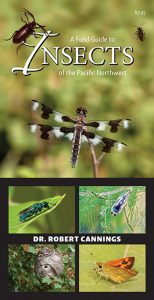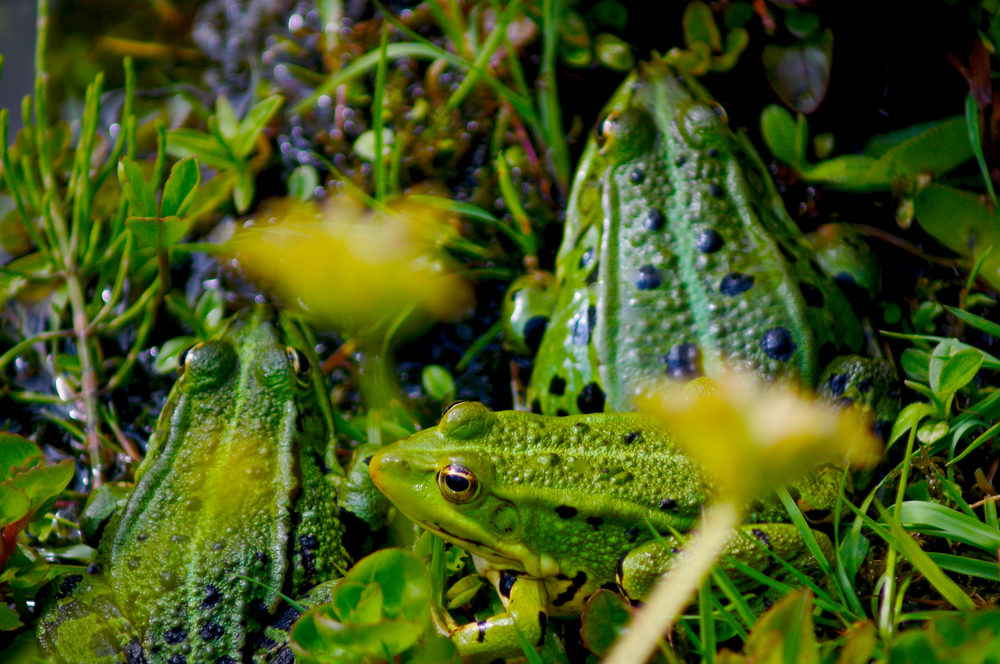A Field Guide to Insects of the Pacific Northwest
Published: April 7
Author: Dr. Robert Cannings
Published by: Harbour Publishing
Price: $ 7.95 USD
This review was written by Nature Canada’s writing intern, Gabriel Planas.
Accounting for 80 percent of the 1.5 million named species on earth; insects form the backbone of the biodiversity on our planet. I still did not know what a Snakefly was before picking up A Field Guide to Insects of the Pacific Northwest. I was also unaware that the terrifying bug is considered typical in the Pacific Northwest. To combat this lack of knowledge, DR. Robert Cannings created A Field Guide to Insects of the Pacific Northwest in the hopes that it would generate more interest and discussion about insects.

A Field Guide to Insects of the Pacific Northwest by Dr. Robert Cannings.
The 8-fold pamphlet features 70 high-quality photos with profiles on over 50 different insects. Though the guide is priced at a steep 7.95, it still provides a good way to introduce yourself to the abundant variety of insects you will encounter in the Pacific Northwest. Being a waterproof pamphlet also makes this guide is also perfect for the hiking trails, grasslands or beaches where you may find these tiny wonders.
From the introduction, I was learning more than I had ever known about insects. It hooks the reader with a plea to understand the necessity and beauty of insects. The author takes his time to clarify terms like Moulting, metamorphosis, and pupa in stark simplicity to allow the reader to engage with the material in a very casual and personal basis.
The insect profiles are broken up into 19 major groups of insects, providing a brief look into their behavioral patterns, physical characteristics, and eating habits. Many times, the information provided about the insects was enough to pique my curiosity, while enough facts were left out to present further research not only as appealing but also necessary.
At times, this was compelling, such as the profile of the Predaceous Diving Beetle that informed me of the air bubble that forms under the wings that allows them to breath underwater. Other times though I was disappointed with the simplicity of the profiles. Rarely did they reinforce the integral role insects play in the environment, as mentioned in the intro. It also seems like the author missed an opportunity to disclose where and how to find these insects, as they can often be tiny and hard to find.
Additionally, with minimal color variation throughout the pamphlet, the 19 groups can often be difficult to differentiate and find. This confusion makes a quick scan for an insect one may see in the wild very difficult, if not impossible.
While it could have pushed itself further regarding its content and layout, this guide did an adequate job to increase my knowledge and awareness of insects. Given that this was the goal of the guide, I cannot help but concede that it fulfills its purpose. If you are planning to spend time in the Pacific Northwest, this guide can be a fun addition to any other maps and travel guides you may bring with you.



